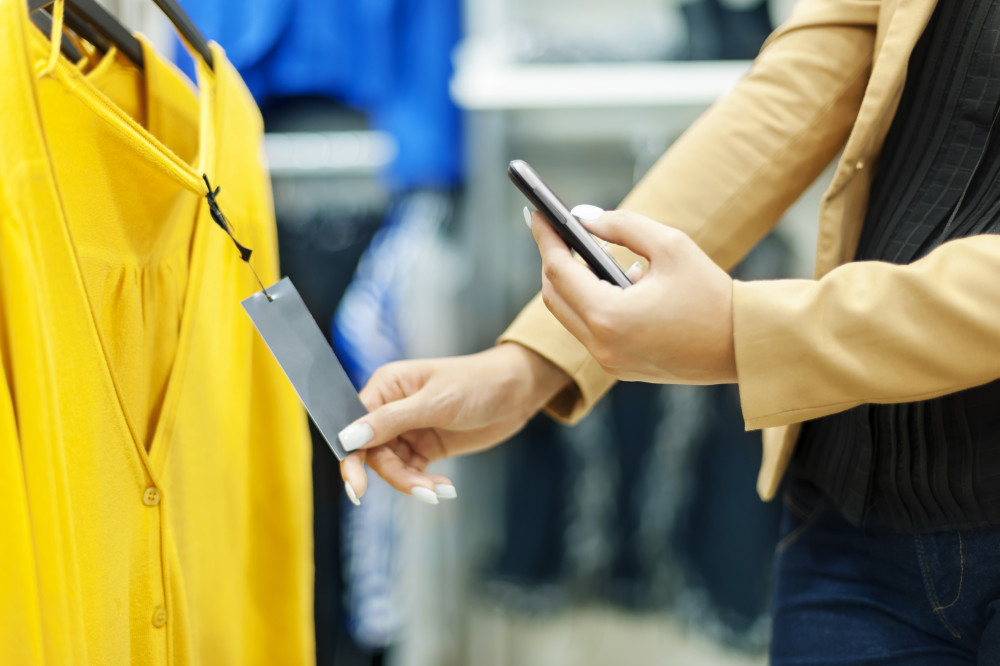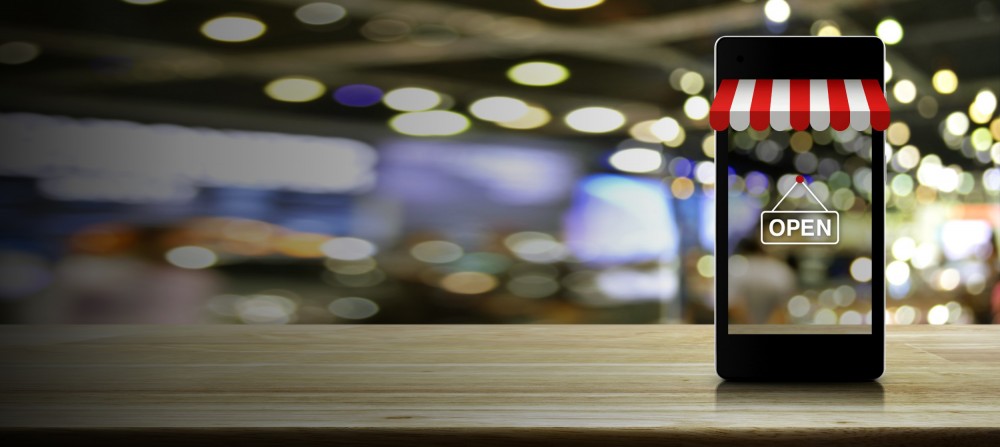The digital boom in the retail sector
The retail sector has been challenged to keep up with the rapid technological, social, and ethical evolution of the consumer. Widespread access to instant information has created more informed consumers who seek out what they want to know and do not settle for what they are presented with. The world also seems smaller now, with globalised trade making it possible to buy and have a product delivered anywhere in the world in just a few days. What does this mean for retailers?
Consumers now have an almost infinite range of products, prices, and services at their disposal. The easy exchange between retailers and brands exposes loyalty as a fragile issue. It is not enough just to satisfy requests; it is necessary to go further and create value propositions that are truly differentiating and adapted to each niche. In recent months, 75% of consumers have tried something new, be it a retailer, a brand, or a service, and most intend to repeat it.
For many consumers, the adoption of digital tools in retail was the great new experience. Its development was highly accelerated in 2020 with a 3-month growth equivalent to what could be expected in 5 years. This acceleration was transversal to all categories and spearheaded by millennials and generation-X consumers. It is estimated that shopping using digital tools will still grow 169% next year with a strong focus on services such as home delivery, pick-up points, or self-checkout.
Retailers have replied with new technologies, apps and platforms to meet consumers’ curiosity. The short timeframe in which to innovate, develop and adapt meant that not everything worked in harmony from an omnichannel customer experience point of view. The words “frictionless” or “seamless” gained increased usage. Customers have experienced and adopted new behaviours, and they expect retailers to be able to integrate them seamlessly into the shopping journey.
The integration of digital in-store
Physical shops now represent a place where consumers go for a complete and sensory shopping experience, which must be complemented by the digital tools available. 52% of consumers shop online and in-store, and this figure is expected to reach 78% in the coming years. The customer who goes to the shop has already searched for the products they are interested in on the website, created their shopping list in the app, checked for their personalised discounts or already bought and collected. Shopping channels no longer exist on their own, they are now complementary and must therefore work as a frictionless ecosystem.
An example of perfect harmony is the Amazon Go stores, where consumers scan their identity code, choose the products they want and leave the shop. Afterwards they receive an electronic receipt and the amount of the purchase is charged from their account. It is a truly seamless omnichannel customer experience.
However, the expectation is not that all retailers will implement a 100% digitally-driven operation. What is expected is that they manage to integrate digital tools seamlessly in-store, offering the “phygital” experience“. The first instinct would be to dedicate more resources and spaces to support the different services. For each new technology/service the requirements needed to support the operation are raised and resources are allocated to the stores. However, this individual analysis of each service results in the creation of operational silos that on the one hand make the customer experience more complex and less pleasant, and on the other hand increase operational costs.
“Phygital” and the omnichannel customer experience
What truly allows you to integrate the different services to create an exceptional experience for any customer is to understand that with each new service added there are one or more customer journeys that are created, and that must coexist in the same space. In a shop, there is not only the customer who enters, walks down the aisles, chooses and buys; there is also the customer who already has the list of items needed, picks them up and pays using the app; the customer who orders online for in-store pickup; the customer who chooses the products and requests home delivery… All these customers are simultaneously in the shop, and their journeys will certainly intersect.
A joint analysis of the different journeys makes it possible not only to identify the opportunities for improving each service individually, but also to understand at which moments the different customers are at, what resources they share and where the obstacles to an excellent experience might lie. In this way, it is possible to identify synergies that will eliminate additional resource costs and reorganise teams to offer a richer and more satisfactory experience to the customer. The synergies may involve reorganising the layout, sizing the team according to the demand for each service, or communication and training in new services. This makes it possible to create flow in the customer journey, to achieve the seamless process so desired.
The study of the different journeys should be done alongside the development of the technologies/services, involving marketing, operations and technology teams. This will allow effective iteration until a viable solution is found for all parties, and will eliminate friction when it comes to implementation and in-store rollout.
Seamlessly integrating technology into the retail stores’ experience
The development of new sales support technologies does not in itself dictate a retailer’s success in its digital transformation. Only retailers who can integrate each technology into their pre-existing operation will be able to capitalise on the potential of new services and deliver an omnichannel customer experience. The customer is not looking for as many services as possible, but for the combination of services that is simplest, fastest, and frictionless.
The future of retail will be shaped by technological advances, changing consumer behaviours and increasing customer expectations
#retail #digital transformation #marketing and sales
See more on Retail
Find out more about transformation in this sector
See more on Digital Transformation
Find out more about improving this business area

